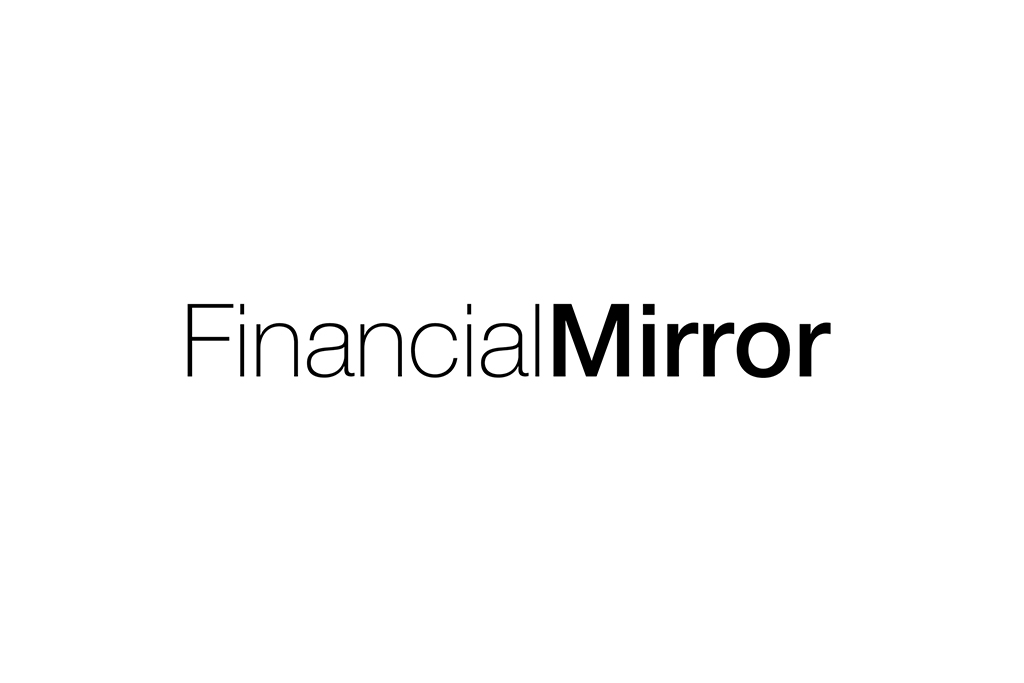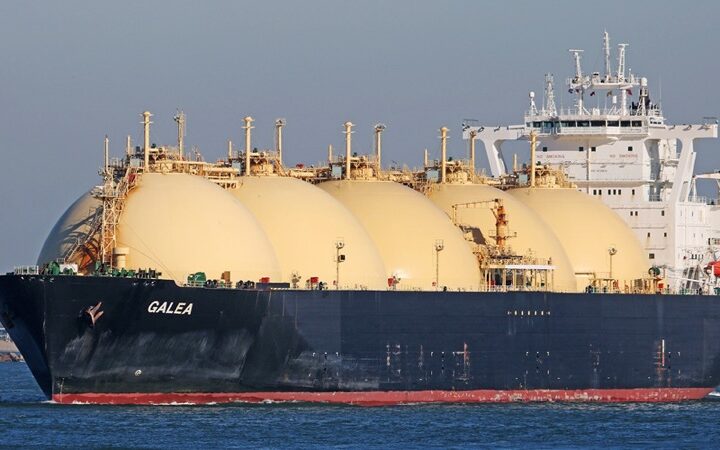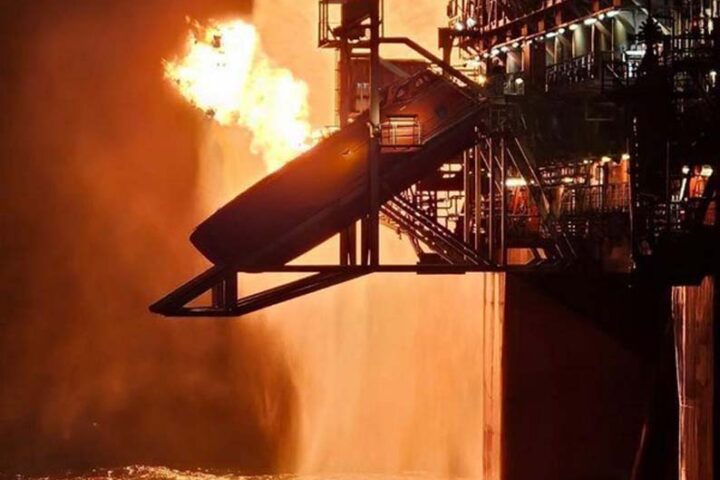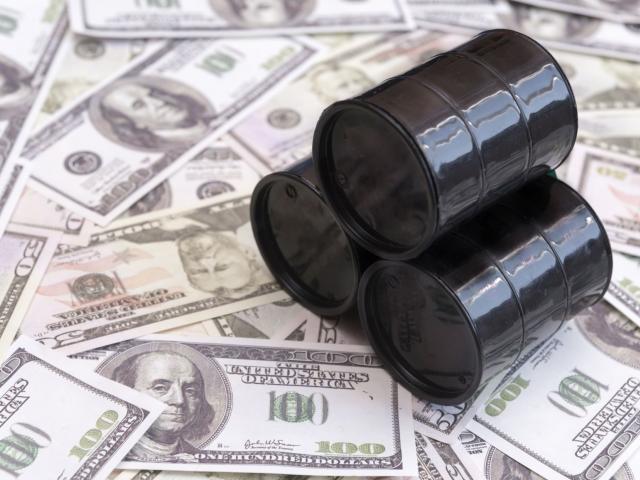.
The first half of 2019 proved to be very eventful for financial markets and with that triggered the rally in the gold price to over USD 1,550 today.
Back in June, when gold finally broke through the technical USD 1,360 barrier it has surged 22% in just under three months.
The last time we saw the gold price at these levels was in April 2013.
At present we can depict at least seven catalysts going for gold. The fact that they are converging at the same time is signaling a continued bull market over at least the next six to 12 months; from regulatory, to financial market uncertainty and weaker economic growth. It’s not too late to go for gold.
Basel III – 0% Realisation Risk Weight on Gold
Whilst the Bank for International Settlements (BIS) had already given central banks the freedom to enter gold as 100% equal to cash on account in their balance sheets, i.e. a 0% risk realisation risk weight, this is now also defined in Basel III which came into effect on April 1, 2019.
Gold is now officially recognised in the international financial system; a step towards gold re-monetarisation.
Note: This is only applicable for fine gold (minimum purity of 995.0). There is also no VAT on fine gold, in the EU, as a result.
Central Banks and their Voracious Gold Appetite
Central banks are treating gold like money and this avid demand is likely to persist in coming years. And 2018 already marked a record year, with 2019 looking even stronger.
Year-to-date central bank net purchases are already above 400 tonnes (651 tonnes in 2018). This is the fastest pace since they became net purchasers, on an annual basis, since 2010.
Key players are from a small cadre of banks from emerging markets who have only recently become significant purchasers:
Russia is replacing US treasuries with gold, other countries are reducing their dependence on the US dollar, as a means to bypass sanctions, etc.
China’s Golden Alternative
Shanghai International Energy Exchange launched a crude oil futures contract denominated in Chinese Yuan. This futures contract was linked with the ability to convert Yuan to physical gold through gold exchanges in Shanghai and Hong Kong.
A shift that would allow gold producers to sell oil for gold and thus bypassing any restrictions, regulations or sanctions of the US financial system.
It followed China’s angst of being kicked out of the US dollar system as a result of the 2017 North Korea tensions and the threat of not being able to import or engage in international trade.
Conservatively assuming that only half of the total daily Chinese oil imports (9.8 million barrels / day) will be purchased in gold, this would equate to nearly 380,000 ounces of gold per day, basis current gold price of US$ 1,550.
This translates into an increased demand of more than 80 million ounces per year, or more than 70% of gold’s annual production.
If this shift takes place, this increased demand will without doubt shock the gold market and indicate yet another big step towards gold’s re-monetarisation.
The FED & the Financial Black Hole
Global monetary policy has shifted by 180 degrees. Less than a year ago it was anticipated that interest rates were to continue to increase.
Come December, it was already likely for the Fed to maintain a dovish stance. The Fed today is signaling a “wait-and-see” approach with a high probability of another rate cut this autumn.
The Fed is not alone. As central banks around the world engage in unprecedented monetary easing, negative yielding debt is ballooning, endangering the way the global economy is supposed to function.
More than US$13 trillion of global debt is currently trading with nominal negative yields. This equates to one-quarter of the global debt pile.
This is turning a major headwind for the gold market into a very visible tailwind, further enhanced through:
Global Slowdown
The global economy is heading into recession as risks continue to build:
The potential negative long-term effect of higher tariffs amidst trade tensions between the US and its trade partners.
Geopolitical tensions between the US and Iran.
Uncertainty surrounding Brexit and other political and economic concerns in the UK and Europe.
Alternative high quality, liquid assets such as gold may help investors balance risks more effectively, while providing uncorrelated long-term returns.
2019 has been marked with some notable M&As. For examples, Goldcorp was taken over by Newmont Mining at US$ 10 billion and Barrick Gold acquired Rangold Resources in a US$ 6 billion transaction.
With this, the largest gold producers are signaling that gold and gold stocks are still relatively cheap with a positive increase on the horizon.
Gold-Backed Cryptocurrencies
“The most important thing to happen to the gold market in the last several decades,” as recently quoted by Peter Grosskopf, the CEO of Sprott.
Gold-backed cryptos are undeniably the next big thing, revolutionising the monetary system and making the use of gold as money ever more convenient for the average person or business, even just with a tap on our smart phone.
JP Morgan gold analysts John Bridges and Siddharth Mishra explain that the Fed’s easing cycle should push average prices above $1,600 in the first quarter of 2020. Adding, “we expect gold to rise significantly.”
Billionaire investor, Frank Giustra, predicts that monetary policy will set gold prices to new heights [all-time high of US$ 1,917.90 an ounce].
Mark Mobius says, “investors should allocate 10% of assets in physical gold.”
UBS Group AG says, “prices will surge to $1,650 over 12 months”.
Egon von Greyerz, Matterhorn Asset Management states: “Physical gold and silver will, as they always have, reflect these moves and move to unimaginable levels which will be far beyond the 44x that we have seen since 1971 for gold.
Since fiat money will be worthless, it is clearly not right to make a forecast in paper money as it would be infinity. Suffice it to say that gold and silver will maintain purchasing power as they always have and also be the most important wealth preservation asset to hold.”







